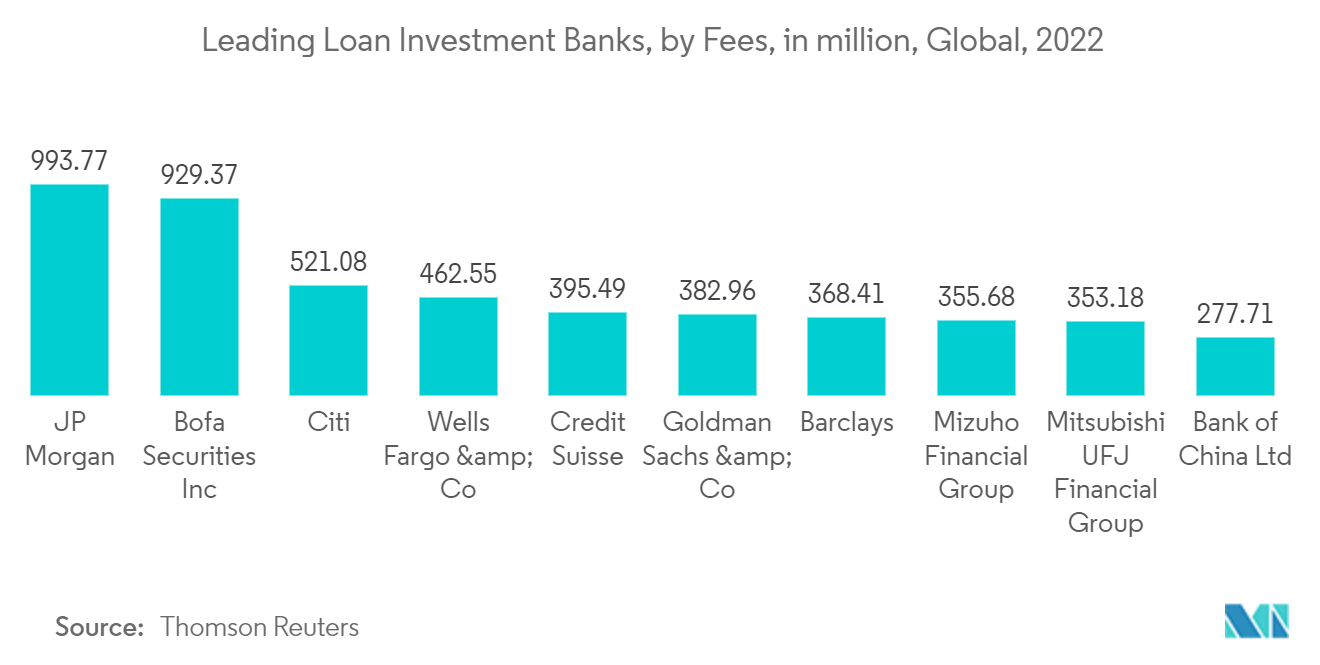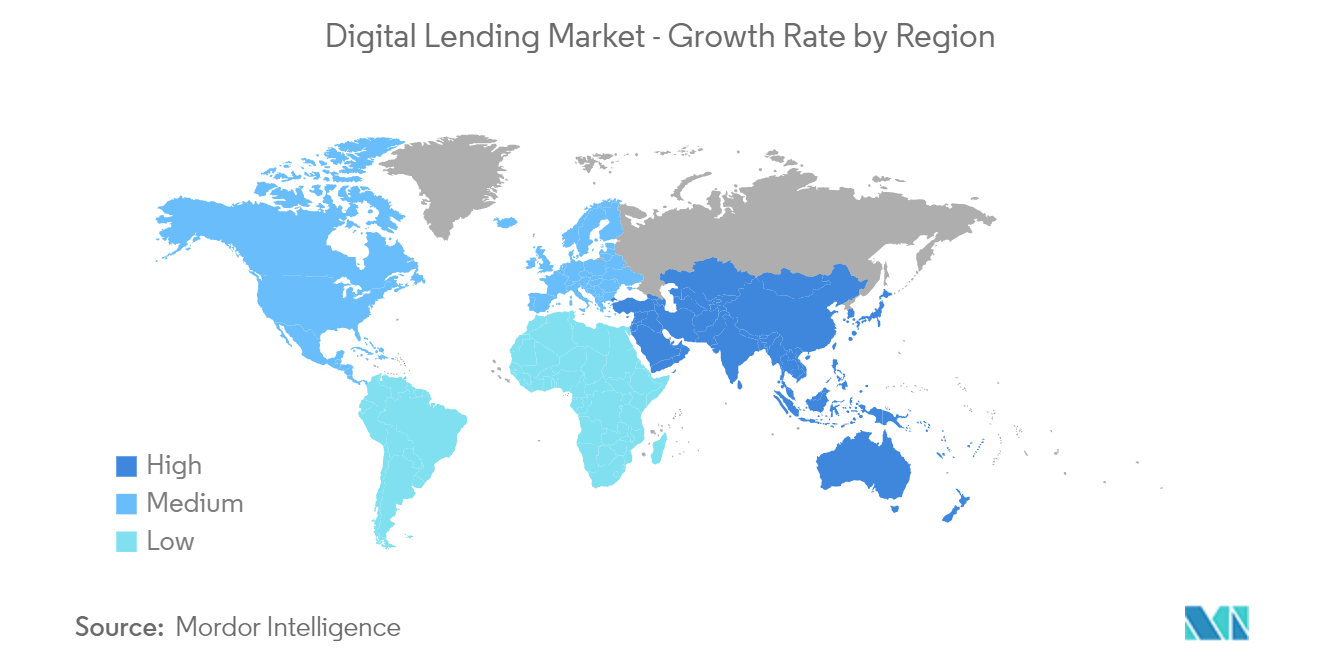Market Trends of Digital Lending Industry
Consumer segment is expected to grow at a higher pace
- The latest Expectations & Experiences consumer trends survey from Fiserv, Inc., a leading global provider of financial services technology solutions, states that almost two-thirds of people who have applied for loans in the past two years now do so either partially or fully online, representing a significant increase from last year. A central portion of this growth is due to the increasing usage of smartphones and tablets.
- Also, Digital lending startups have started giving out loans for education and professional courses, expanding from mainly focusing on personal loans and consumer lending space. For instance, Bengaluru-based Zest Money is betting big on lending for professional education purposes. It has already partnered with players like Upgrade, NMIMS, Great Learning, Acadgild, and Edureka, among others, to provide funds to entry-level- or mid-level executives wanting to acquire new skill sets.
- Millennials with a few years of work experience and no credit history (or the new-to-credit segment) find their loans either unapproved or come at high interest rates. Moreover, in traditional banks, the time to decide for small businesses and corporate lending averages between three and five weeks; the average time to cash is nearly three months. Such challenges are driving customers' digital behavior to mobile devices to access digital lending applications.
- Government regulations also augment the increase in digital behavior. For instance, in January 2023, the Reserve Bank of India announced a working group (WG) on digital lending through online platforms and mobile apps. The committee will be responsible for suggesting specific regulatory measures. The move is the latest in the central bank's attempt to tackle fly-by-night lending apps offering various digital loans to underserved customers. Of late, these platforms have been coming under the regulator's glare for adopting coercive means of loan recovery.

Asia-pacific is Expected to Exhibit a Significant Growth Rate
- Digital lending has been available to credit unions for quite some time, but with new emerging technologies and the fast-paced nature of consumer lending, it is more important than ever that digital lending offers members more than a paperless process. For instance, In August 2022, RBI Notifies Digital Lending Guidelines to banks and non-banking finance companies (NBFCs) that disbursement loans through digital lending platforms primarily relate to the unbridled engagement of third parties, misselling, breach of data privacy, unfair business conduct, charging of exorbitant interest rates, and unethical recovery practices.
- China's online lending sector has seen rapid growth in the past decade owing to a lack of effective regulations, increasing the number of players in the market studied. However, According to data from the People's Bank of China, outstanding consumer loans at the nation's licensed financial institutions stood at 9 trillion yuan as of May, making up less than 5 percent of the country's total outstanding loans of 200 trillion yuan.
- The rapid adoption of smartphones, internet access, and a shift toward consumerism in India helped fuel the growth of digital lending enterprises. There are currently 338 online lending start-ups in India trying to reduce the gap between lenders and creditors through a seamless process.
- Moreover, the government of Japan is launching programs to inculcate cashless behaviors in citizens. The government launched an initiative to increase cashless payments to 40% by 2025. With the consumption tax increase from 8% to 10% on October 1, 2019, several discount schemes were implemented, which subsidized the installation of cashless payment terminals for merchants and provided 2% or 5% discounts for consumers when purchasing from registered SMEs or franchise stores.

